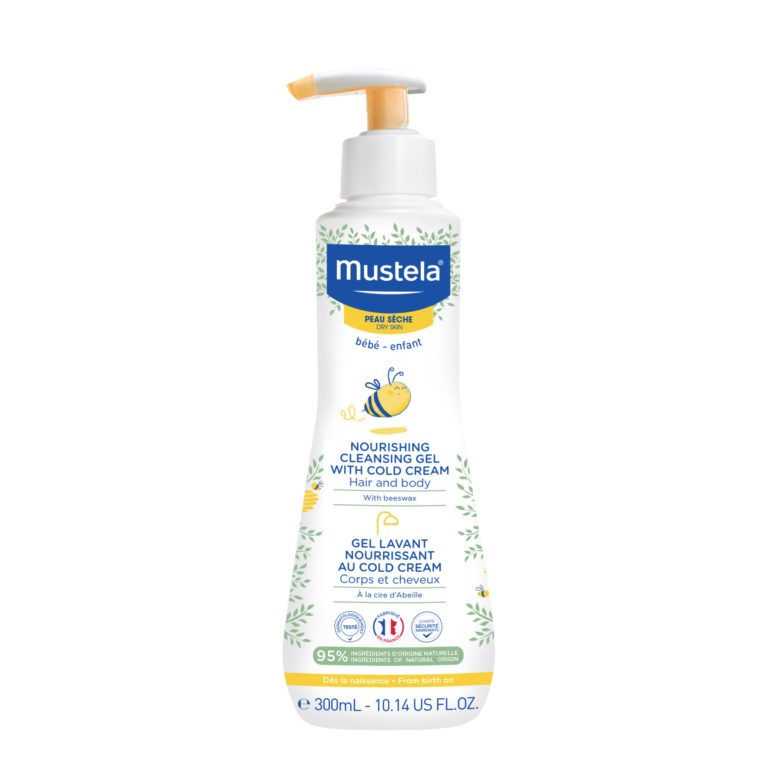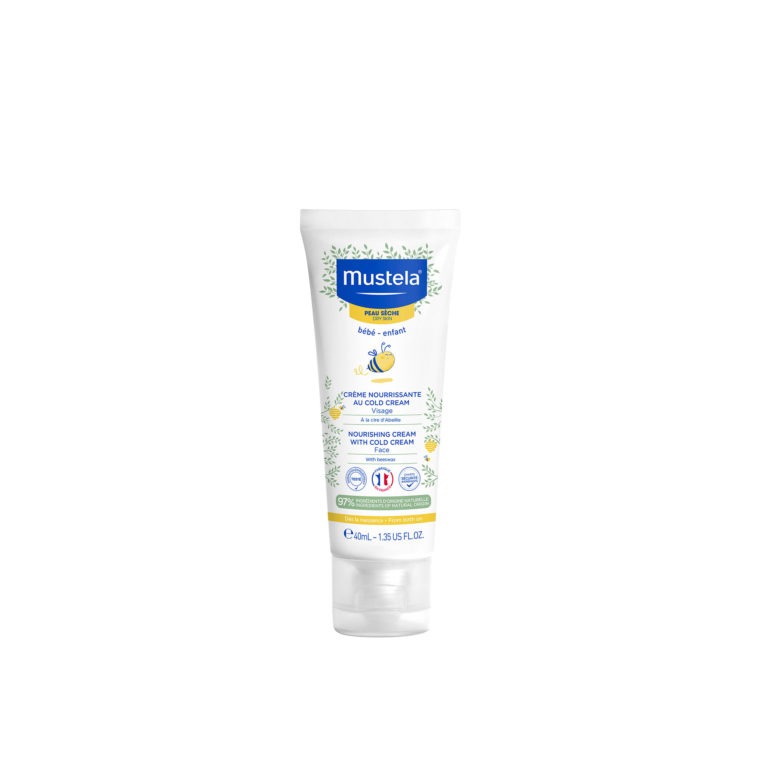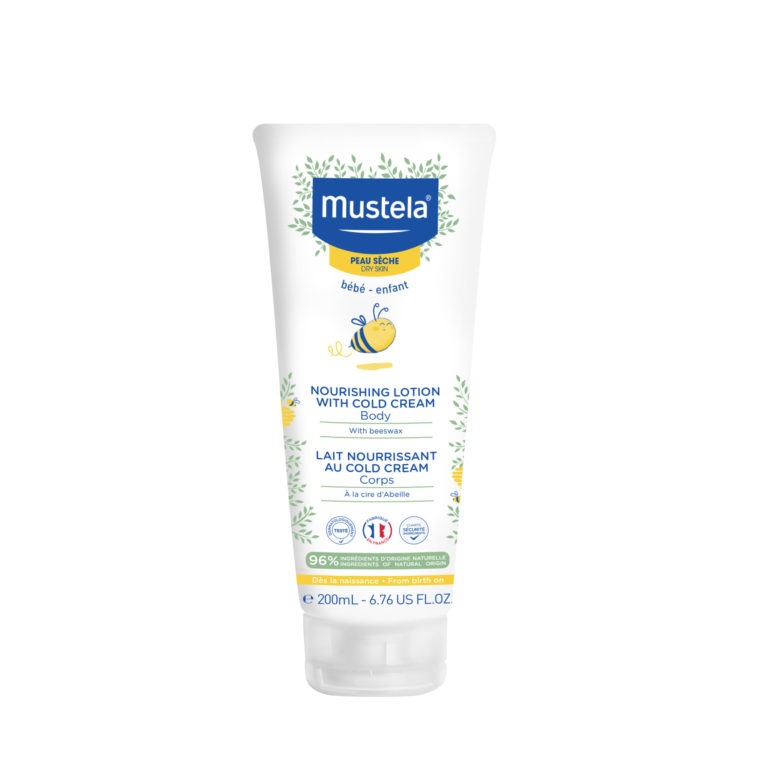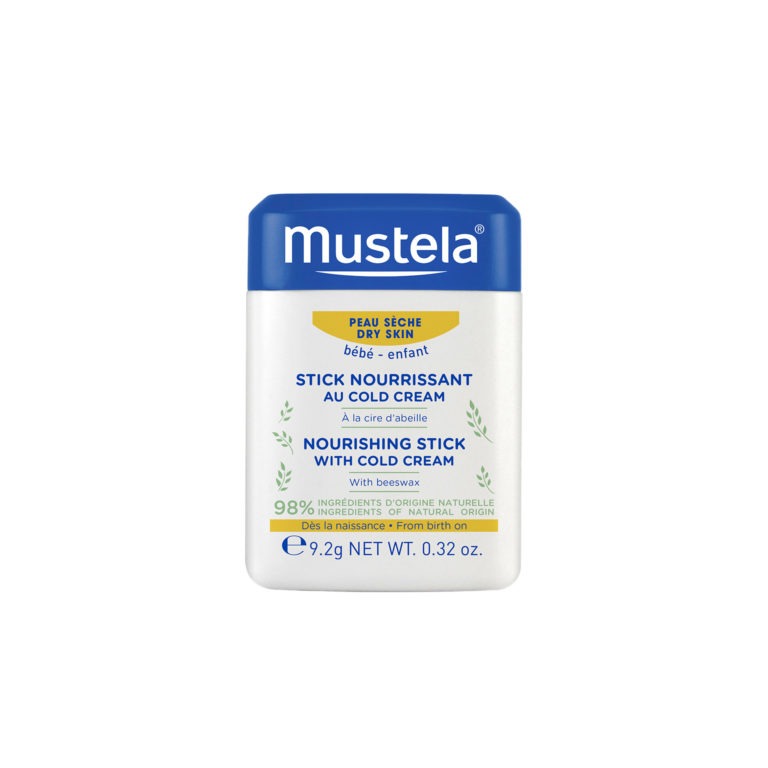Dry Skin
Infant skin is more fragile and prone to moisture loss than adult skin. Clinical and in vitro studies reveal that dry skin is low in ceramides and natural moisturizing factor.
Dry Skin
Infant skin is more fragile and prone to moisture loss than adult skin. Clinical and in vitro studies reveal that dry skin is low in ceramides and natural moisturizing factor.
Evaluation of Early Infant Life: the Skin Program (EV.E.I.L.S)
In their EV.E.I.L.S program, Mustela has conducted 15 years of research to evaluate the skincare needs of infants and children. This was done in collaboration with a variety of experts in the field of dermatology, and involved both in vitro and clinical studies. The result was an intensive analysis of infant skin physiology, with an examination of epidermal functions, from its cutaneous barrier down to its lowest-lying layers. This enabled the development of a new, patented ingredient, Avocado Perseose. The Mustela product lines for babies and children are now reformulated to include this innovative ingredient. For the in vitro studies, a patented synthetic skin product was developed, called Stelaskin®. Cultured human epidermal keratinocytes of six different age groups were used as a foundation to reconstruct the in vitro epidermal skin layer. This enabled the study of skin changes over time, including the effects of genetic biomarkers and UV ray exposure.
Skin consists of three layers: epidermis, dermis, and hypodermis. The outermost epidermis protects the inner layers from anything outside of the body. The central dermis consists of blood vessels, sebaceous glands, nerves, and sweat glands, while the deeper hypodermis is primarily an insulation layer of fatty tissue.
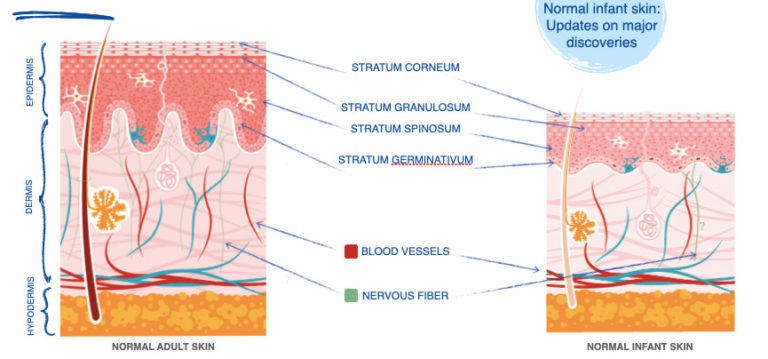
There are several ways in which the skin structure of infants differs from that of adults, especially at birth. The stratum corneum of the epidermis lacks central comeodesmosomes which are important for skin integrity and elasticity. The junction between the epidermis and dermis is also flatter, making it more fragile when subjected to tension. The upper layer of the dermis is very thin, with fewer papillae, and the central collagen is disorganized and less dense. This reduces the elasticity of the skin, and impedes recovery when skin is damaged.
In the EV.E.I.L.S program, transepidermal water loss (TEWL) and natural moisturizing factor (NMF) were assessed. Newborns may have an increased TEWL, making it difficult for skin to remain hydrated. Skin is well hydrated at birth, but loses the ability to maintain it over the first six months of life. The NMF rebounds thereafter. In addition, newborn skin has a higher, more alkaline pH during the first week of life. This contributes to skin fragility, and increases the likelihood of infections or rashes. The protective barrier functions are immature at this stage, and skin is more vulnerable to irritants. Also, epidermal stem cells, present during fetal life, decrease after birth. These stem cells, involved in skin barrier construction and maturation, are more susceptible to damage than those of older children.
To be inclusive, a variety of infant skin types were examined: normal, dry, very sensitive, and atopic skin. The role of skin innervation in how infants are affected by touch and various skin problems was also studied.
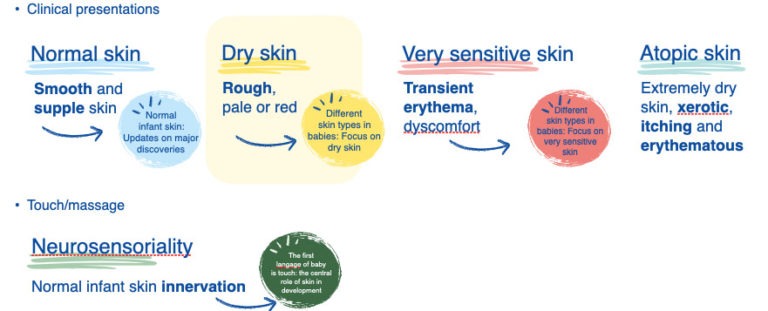
For each skin type, the following parameters were considered:
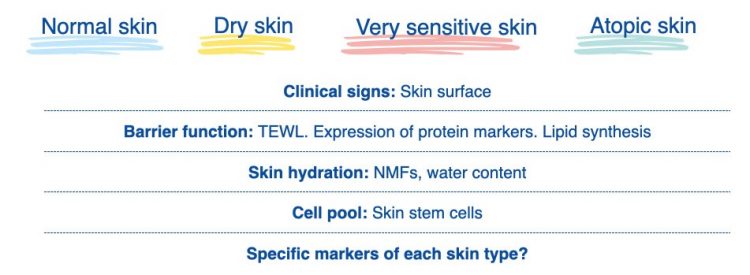
Infant Dry Skin
The alkaline pH of newborn skin promotes dryness during the first 10 days of life. The barrier function of skin is impaired, resulting in increased TEWL values. This epidermal insufficiency is reflected in decreased stratum corneum hydration, and low NMF. Dry skin is highly prevalent among children, and is commonly a symptom of underlying atopic dermatitis.
Symptoms
When infants experience skin dryness, the epidermis has a fine scaly appearance and feels rough. However, there are no signs of inflammation. In this situation, skin is more sensitive to external and environmental factors such as immaturity of hydric flux, inadequate skin care, water hardness, and swimming. If there is an atopic predisposition, skin dryness is also more likely. As a preventative measure, the regular application of emollients is felt to exert a positive effect on skin barrier function in infants.
The clinical evaluation of dry skin included two studies of neonates with a genetic predisposition for atopy, including neonates without this family history in one of these studies, and followed for 6 months. The outcome revealed that a high frequency of emollient application was necessary to mitigate skin irritation, even in the absence of atopic dermatitis. This means that dry skin leading to irritation is frequent at the beginning of life.
Clinical Studies of Mustela Creams
Based on the EV.E.I.L.S research findings, clinical trials were conducted using the Mustela Nourishing Cream with cold cream for three weeks. In one study, this cream was used on 37 infants with dry skin and 48 with normal skin. For this study group, the clinical parameters and results were measured by dermatologists. In a separate study, skin ceramide levels and NMFs were recorded for infants with normal to dry skin.
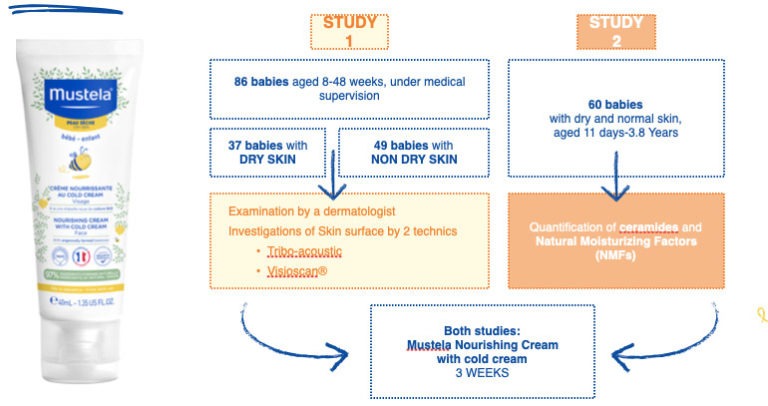
In the infants who were evaluated by a dermatologist, a Visioscan was used to assess skin dryness.
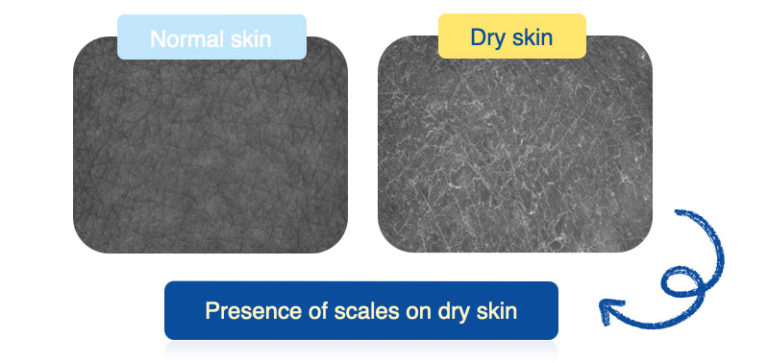
In addition, Tribo-Acoustic directly measured skin roughness via vibrations on the skin’s surface. Dry skin emitted stronger vibrations because its surface was less smooth.
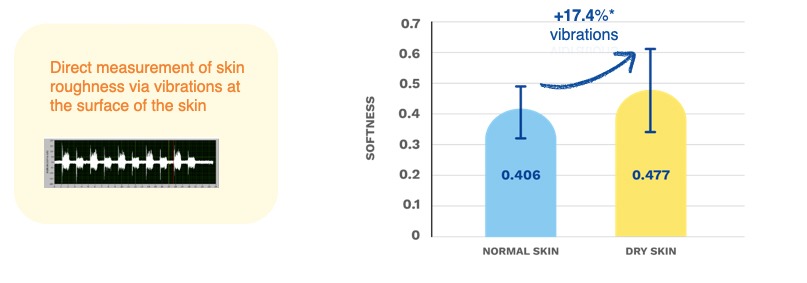
In the second study, skin ceramide levels and NMF levels were quantified for each age group.
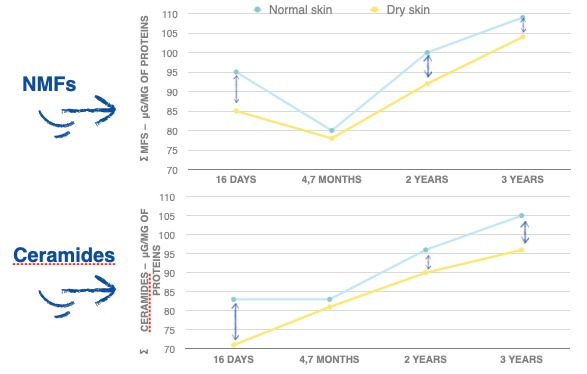
In both scenarios, Mustela Nourishing Cream with cold cream reduced skin dryness.
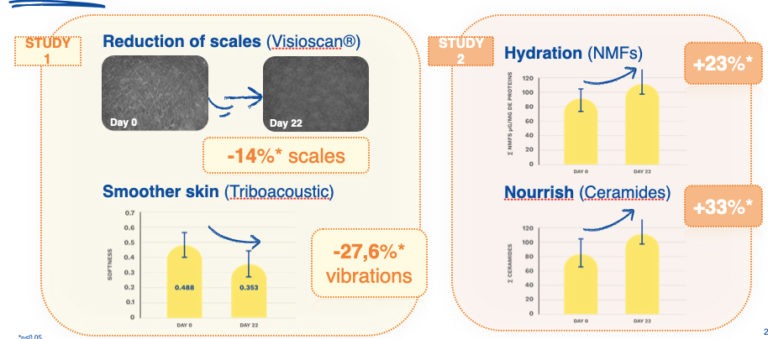
In Vitro Studies
Two in vitro studies were conducted using Stelaskin®. Dry skin in a one year old was compared to that of an adult. The Stelaskin® was exposed to a dry environment, and examined after six, 24 and 48 hours. Stem cells, barrier mechanism, inflammation, hydration, ceramides, NMF, and morphology were then evaluated.
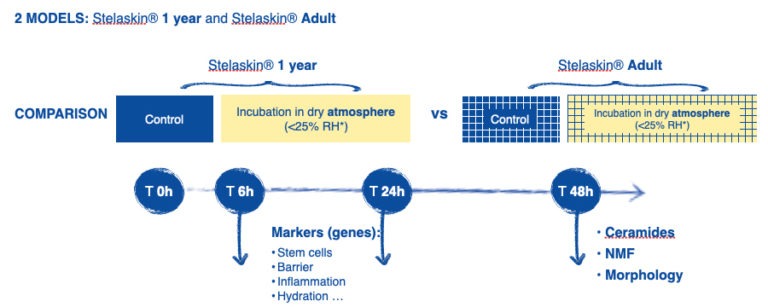
The one year old Stelaskin® samples showed signs of dehydration and reduced thickness.
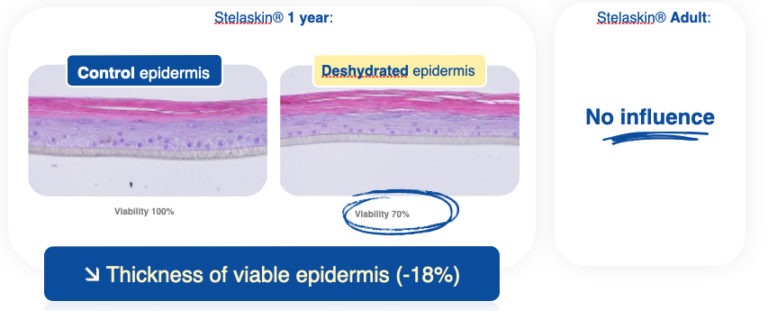
While there was minimal effect on the adult Stelaskin®, the one year old test samples showed 45% more dryness, and a 57% decrease in barrier function compared to the control.
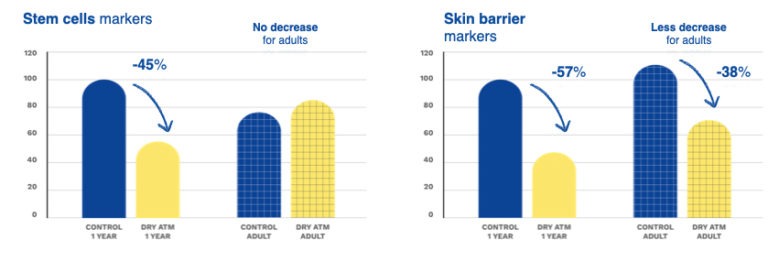
This highlights the greater vulnerability of the skin of infants and children compared to adults.
The skin’s protective barrier mechanism, stem cell and ceramide levels, and NMFs were all reduced when the one year old Stelaskin® was subjected to the dry environment.

These same conditions were used to test Stelaskin® treated with Mustela Nourishing Cream with Cold Cream.
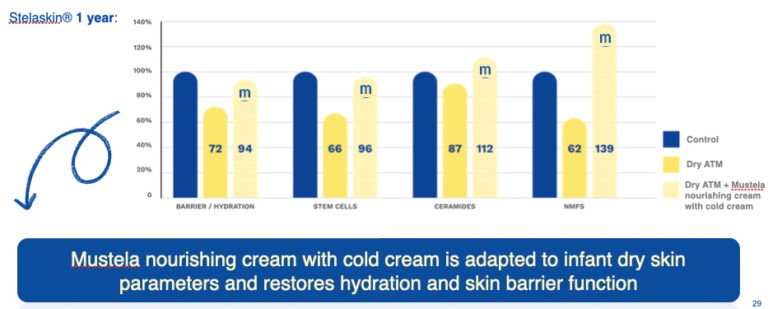
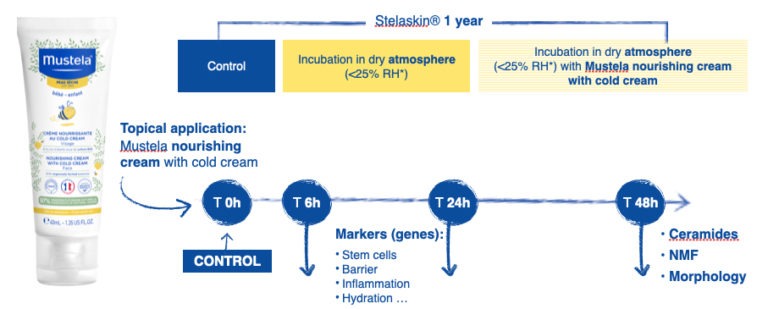
The one year old Stelaskin® protected with Mustela Nourishing Cream with Cold Cream showed improvement in all of the parameters tested.
Therefore, these in vitro results show that this product protects skin, and restores the barrier mechanism, normal hydration, ceramides, and stem cells.
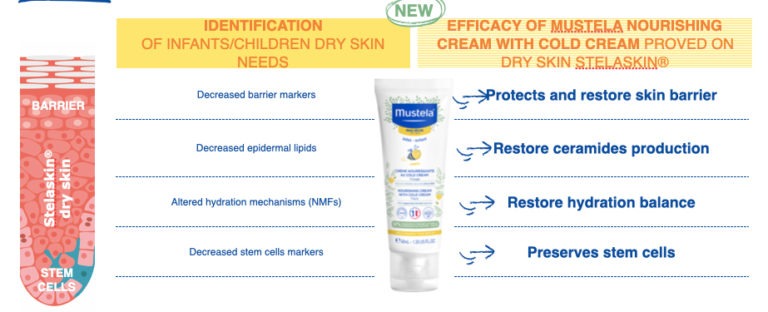
Conclusion
Like atopic dermatitis, dry skin can be a challenging skin condition for infants and children. Younger skin is more susceptible to dry environments than adult skin. It is characterized by a feeling of roughness, and is associated with reduced skin ceramides and NMFs, especially in newborns. Mustela Nourishing Cream with Cold Cream has the ability to reverse the markers of dry skin, and there is a product for every infant skin type.
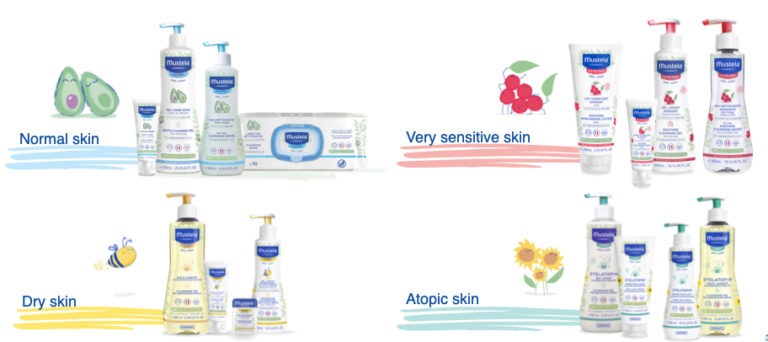
Mustela Solutions


